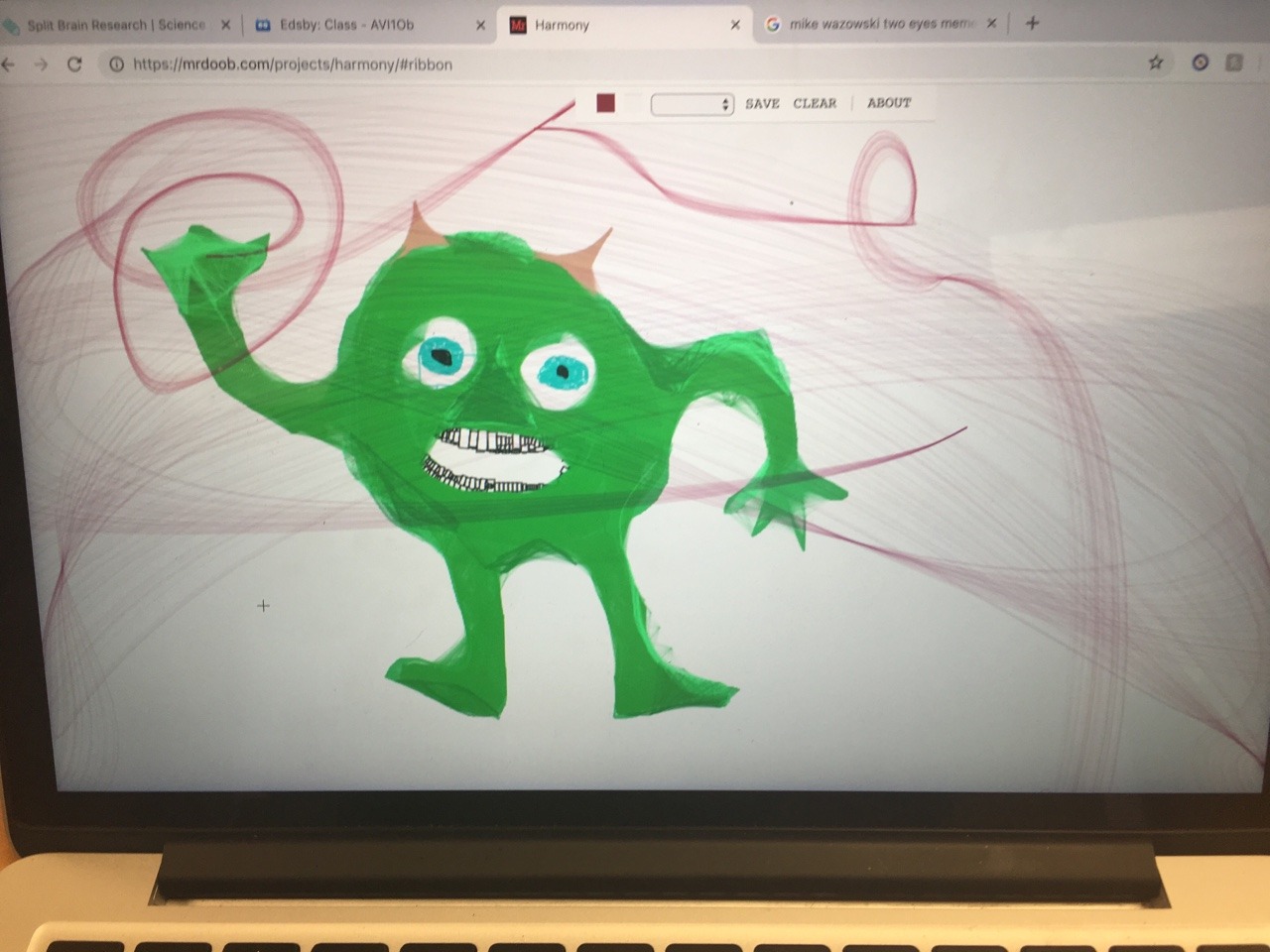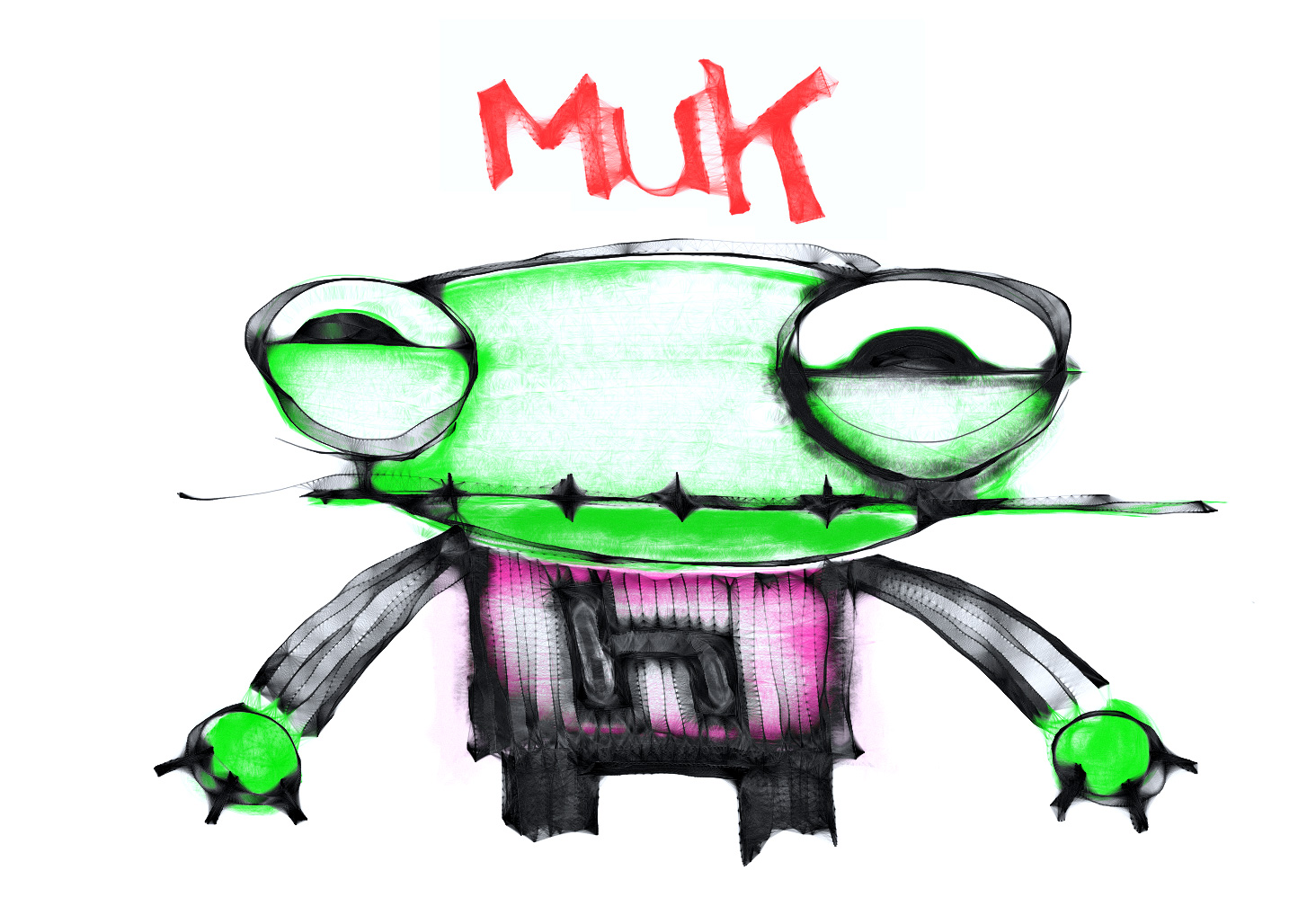There's a certain buzz, a kind of quiet excitement, that seems to follow the name mr hoob, a creative spirit who brings forth interesting digital creations. It’s almost as if a new discovery is always just around the corner when you consider the kinds of things that have been attributed to this particular presence. When someone says, "I can't wait to meet you," in connection with a creator, it really does suggest a deep appreciation for what they bring into being.
You see, the work connected to mr hoob, like the "squirter game" mentioned, appears to stir up some very strong feelings, sometimes even a sense of wonder or perhaps a bit of sadness, if you consider the expressions people use. It’s a creative output that seems to genuinely touch people, making them feel something quite deeply, in a way that is quite unique.
These creations are more than just simple programs; they are, in some respects, a whole collection of digital playthings and little experiments. Since 2009, people who write code have put together a great many amazing projects, using all sorts of clever web technologies and smart tools, and these are often shared for others to experience, you know, for everyone to try out.
Table of Contents
- mr hoob - The Creative Mind
- Who is mr hoob, really?
- The Digital Playground - What is mr hoob known for?
- When Digital Creations Trick Our Eyes and Minds - Is mr hoob involved?
- Exploring the Eerie Side of mr hoob
- A Touch of Art with mr hoob-Inspired Tools
- The Frustration of Finding mr hoob Content Online
- The Web and mr hoob - How We Find and Share Things
mr hoob - The Creative Mind
When we talk about mr hoob, we are essentially looking at a person or perhaps a group of people behind some truly interesting digital projects. This individual or collective has certainly made a mark, particularly with things that feel like they are meant for play or for just trying out new ideas. It's almost like they have a knack for making things that get people talking, and sometimes, feeling a lot of different emotions, that is for sure.
The sense of excitement around meeting mr hoob speaks to the impact their creations have had on people. It suggests a personal connection, a feeling of wanting to understand the person who thought up these digital experiences. It’s a bit like admiring an artist's work and then wanting to shake their hand, if you know what I mean. This kind of creator seems to bring a certain spark to the digital space, making it feel more human and less like just lines of code. It's really something to think about.
Personal Details of mr hoob
| Detail | Information |
|---|---|
| Known As | mr hoob, mr.doob (associated) |
| Primary Role | Creator of digital toys and experiments, including a "squirter game" and interactive spin art. |
| Active Since | 2009 (as part of the community creating experiments) |
| Associated Works | "Squirter game," digital toys, interactive spin art tool, lost media gameplay. |
Who is mr hoob, really?
The name mr hoob pops up in connection with a "squirter game," which seems to have quite an impact on those who encounter it. The way people talk about it, with words like "really takes on a whole new meaning now" and an emoji showing strong emotion, suggests this isn't just a simple game. It appears to be something that genuinely affects a person's feelings, perhaps in a surprising or very personal way. This is, you know, a pretty powerful effect for a digital creation to have on someone.
Then there's the mention of "mr.doob" in connection with an interactive spin art tool. This makes you wonder if mr hoob and mr.doob are the same person, or perhaps close collaborators, or maybe even just part of the same creative circle. The way these names appear together, tied to similar kinds of digital experiments, points to a shared spirit of exploration and making things for people to interact with. It's a bit like different parts of a bigger creative story, you could say.
The idea of a "collection of digital toys and experiments" gives us a better sense of what mr hoob, or the entity behind the name, focuses on. These aren't just one-off projects; they seem to be part of a broader effort to explore what's possible in the digital world. They are, in a way, playthings for the mind, little bits of code that let you try out new things and see what happens. It's a very open and inviting approach to creation, honestly.
Since 2009, a lot of people who write code have been putting together thousands of really amazing experiments. These projects use all sorts of current technologies like Chrome, Android, AI, and virtual or augmented reality. It’s a long history of people building things, and then sharing them. This kind of shared effort is pretty cool, as a matter of fact, because it shows how many creative minds are out there, trying new things.
The Digital Playground - What is mr hoob known for?
What mr hoob is known for seems to revolve around creating experiences that are both playful and experimental. These are not your everyday, run-of-the-mill programs. Instead, they are more like little digital playgrounds where you can explore and interact. They offer a chance to see what happens when creativity meets new technologies, which is, you know, quite a fascinating combination. It's a space where you can just sort of mess around and discover things.
The range of these creations is quite wide, from something that evokes a strong emotional reaction, like the "squirter game," to tools that let you be creative, like the spin art. This suggests a creator with a broad set of interests and a desire to explore different facets of digital interaction. It’s like they enjoy playing with various ideas and then sharing those playful ideas with everyone else. This makes the whole experience of finding their work rather exciting, too it's almost a treasure hunt.
The fact that these projects are often showcased alongside helpful tools and resources suggests a desire to share not just the creations themselves, but also the means to understand or even build similar things. This fosters a sense of community and learning, which is pretty neat. It's not just about showing off; it's about inviting others into the world of digital making, which is, in some respects, a very generous approach.
The long history of these experiments, going back to 2009, shows a sustained commitment to this kind of digital exploration. It's not a flash in the pan; it's a consistent effort by coders to push boundaries and see what's possible. This kind of dedication really speaks volumes about the passion behind these projects and the people who make them. You can, like, really feel that sense of ongoing discovery, you know?
When Digital Creations Trick Our Eyes and Minds - Is mr hoob involved?
There's a curious element that comes up when discussing some of these digital projects, particularly a "game" that someone uploaded a photo of. The text mentions that "The person who uploaded a photo of the game is tricking people into believing it's real!!!" This brings up an interesting point about digital authenticity and how easily perceptions can be shaped online. It’s a bit unsettling, honestly, to think that something might not be what it seems.
This situation highlights the human tendency to believe what we see, especially when it's presented in a convincing way. When a photo of a game is shared, people naturally assume it exists as presented. The idea that someone is intentionally misleading others with such an image creates a feeling of distrust, which is, you know, a pretty common problem in the digital space. It makes you wonder what else might be out there that isn't quite true.
While the text doesn't explicitly say mr hoob is involved in the trickery, it does place this event within the broader context of the "mr hoob" discussion. This might mean that the game being misrepresented is somehow related to mr hoob's creations, or perhaps it's a commentary on the environment where such creations exist. It's a reminder that not everything you encounter online is genuine, which is, basically, a lesson we all learn over time.
This kind of situation can be pretty frustrating for people who are genuinely interested in exploring digital works, especially in communities where rare or unusual games are a focus. It adds a layer of confusion and makes it harder to figure out what's truly real and what's just a clever bit of deception. It really does make you stop and think before you just accept things at face value, you know?
Exploring the Eerie Side of mr hoob
Beyond the playful and experimental, there's another side to the content connected with mr hoob that feels a bit more mysterious, even unsettling. The text talks about "the eerie world of mr,Hoob with lost media gameplay and footage that will send chills down your spine." This suggests that some of these digital creations touch upon themes that are, in a way, designed to make you feel a little bit uneasy, or perhaps even a sense of mild fear.
The mention of "lost media gameplay" is particularly interesting. Lost media refers to content that has become hard to find or is no longer widely available, sometimes even completely gone. This adds a layer of intrigue and rarity to the experience. The idea of something being "lost" and then perhaps rediscovered, especially if it's something that gives you "chills," creates a powerful sense of curiosity. It's like finding a hidden, slightly spooky old film reel, you know?
The phrase "send chills down your spine" is very descriptive of a physical reaction to something that is truly unnerving. It's not just a mental feeling; it's something that affects your body, making the experience very vivid and memorable. This kind of content, connected to mr hoob, seems to tap into a primal part of our human experience, where mystery and the unknown can be both fascinating and a little bit frightening. It's, like, a really strong reaction to have.
This "eerie world" suggests that mr hoob's creative output isn't limited to just lighthearted play. It embraces a broader spectrum of human emotion and experience, including the darker, more mysterious aspects. It shows a willingness to explore different moods and feelings through digital art, which, in some respects, makes the work even more compelling. It’s a very interesting contrast to the more playful things, you could say.
A Touch of Art with mr hoob-Inspired Tools
Amidst the varied digital creations, there's a specific mention of a tool that lets people express their artistic side: "Create colorful spin art using this interactive tool by mr.doob, combining creativity and technology for unique designs." This highlights a different facet of the creative output associated with mr hoob – one that focuses on user participation and artistic expression. It's a pretty neat way to bring art into the digital space, honestly.
The idea of "spin art" is familiar to many, often something done with paint and a spinning surface. Bringing this into an "interactive tool" means that anyone with a computer or device can experience the joy of creating abstract, colorful patterns without the mess. It makes art creation much more accessible, which is, you know, a very good thing. It's a simple idea, but it really lets your imagination go a little bit wild.
The tool's ability to "combin[e] creativity and technology for unique designs" speaks to the power of digital tools in enabling new forms of


